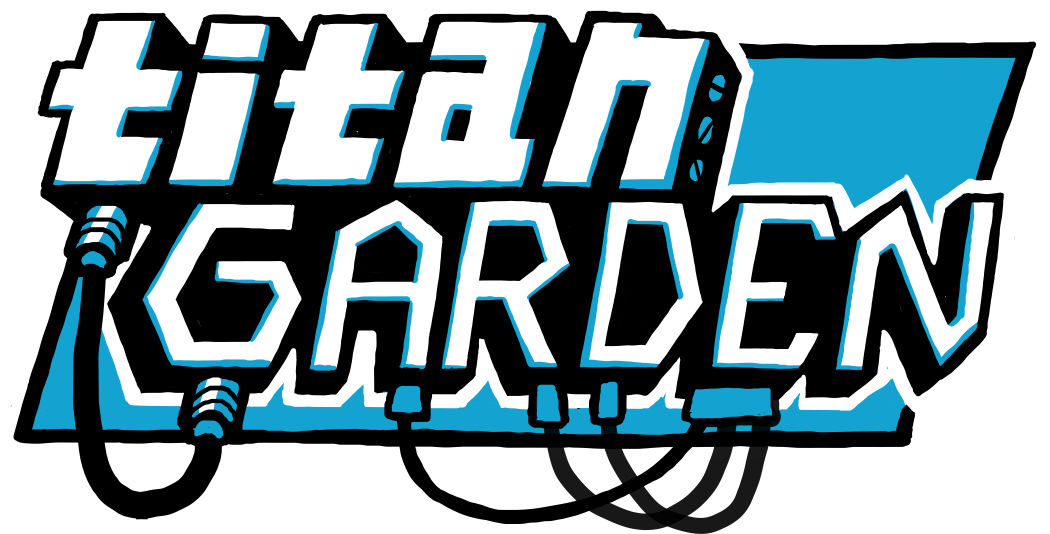The Disposable Unified Credit Wallet, or "credstick" for short, is a ubiquitous, pocket-sized device intended to carry digital currency across the vast remoteness of space. Credsticks are cheap, low-security devices comparable to the kinds of physical wallets or coinpurses starfarers would carry on their homeworlds, easy to use but just as easy to lose. They're available at-cost from most major banking institutions and units with decorative cases can be purchased for a small fee; licensed credstick manufacturers also create units in a variety of colors and patterns. Models with generic art printed on them can be found at most starport truckstops, and branded credsticks are a popular promotional hand-out from medtech corporations looking to promote a memorable product. If you've spent a long time up in space you've probably gone through a few of these things, you've probably found a couple here or there and you've definitely taken its balance and put it into your own credstick. They've been built from the ground-up to make carrying money from one world to the next as problem-free as possible, and them being lost, stolen or destroyed are all crucial parts of their design.
There are two major components to space money that make it work: the wallet and the credits themselves. Credsticks are scaled to be pocket-sized and handheld, but still usable by the smaller species of the Sol system, namely the people of Europa and Ganymede. A monochrome screen display ensures that the electronic device has as little battery draw as possible while in operation to afford it the maximum possible service life. The screen's menu interface is dead-simple; you can prepare a Withdrawal from your device when you want to make a payment, you can set up a Deposit when you want to accept credits from another source, you can check the stick's Balance and you can change the device's Language setting, which is always found at the very bottom of the menu stack. The interface can be navigated with a set of intuitive command input buttons. A pair of square buttons arranged in a vertical stack, marked with a raised pip and separated by a bit of the case navigate up and down through vertical menu positions. A red circle button with a recessed pip is the Confirm input and a pointed yellow triangle button, also marked with a recessed pip, serves as the Back or Previous Menu Layer input. The menu interface does not loop from bottom to top or vice versa so absolute position on a menu can be easily tracked, enabling a starfarer to readily find the Language menu by pressing the yellow triangle until they're at the top layer and then mashing down until they're at the absolute bottom of the stack. It's easy every time.
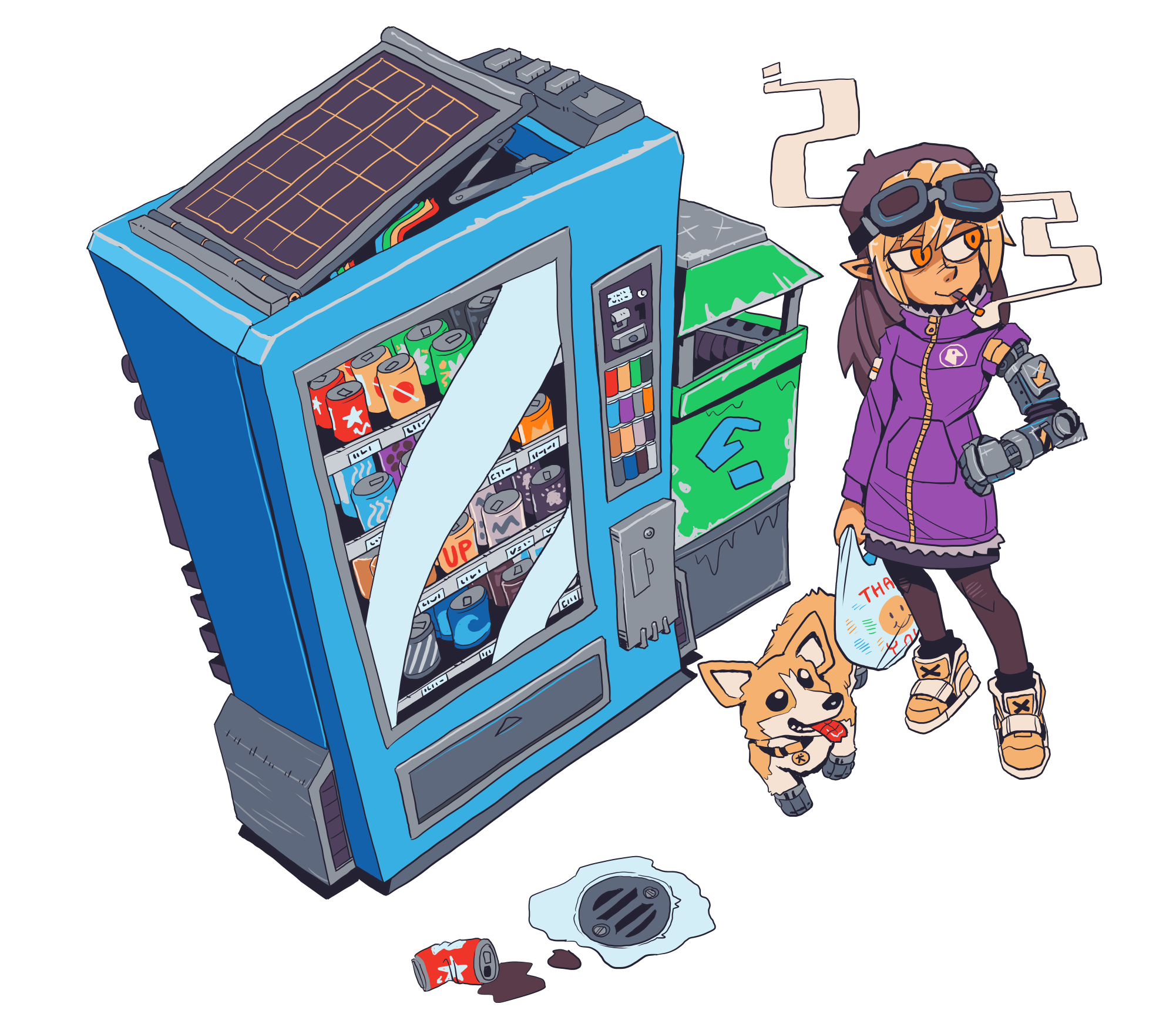
Credsticks transfer money through their retractable data interface plug. Prior to a transaction the credstick is set to anticipate giving or receiving a set amount of money, and then one device plugs into the bottom port of the other device- it doesn't matter which way these devices are arranged, so long as they're set to Withdraw or Deposit the transaction will go through all the same. Simply press down and push out on the locking stick retraction tab to access the device's data plug, and then slide it back until the spring-loaded gate clicks into place to secure it for travel once again. On the top of the device, two small round-ended buttons move the display cursor left and right between digit places, while the square up and down buttons control the value of those digits in setting the amount a starfarer expects to pay or receive- ensuring both devices agree to the same value before a transfer is possible is a low-level security feature designed to prevent sleight-of-hand fraud when making an exchange, as a set value needs to be explicitly reset from scratch should a transaction be canceled. Pressing and holding these top two control buttons powers the credstick on and off, allowing it to conserve power when not in use. Battery power is displayed as a small bar on the right side of the device's main screen, so power outage can be anticipated ahead of time.
Two major design considerations in the development of the Disposable Unified Credit Wallet are battery life and accessibility. The control interface being as simple as it is, with tactile shaped buttons that have clear and distinct functions, is intended to make the use of a credstick accessible to starfarers with visual impairments. An audio jack can be found in the top center of the credstick, placed in a way that doesn't interfere with accessing the left and right control buttons; when an audio device is plugged in a user can hear a sound prompt for each menu position they're on. Numerical positions are also played as sound prompts when the value adjustment menu is in use- "Ones, tens, hundreds, thousands, ten-thousands" and so on are read out when the left and right buttons move the cursor between positions, and "zero" to "nine" are played as that position's value is adjusted. Once an input hasn't been set for a short while, a recitation of the full present value is read out, like "Withdraw: fif-teen thou-sand two-hun-dred nine," to allow a user to be absolutely certain they're inputting the correct value and exchange direction before making an transaction. Value read-outs are available in all language options.
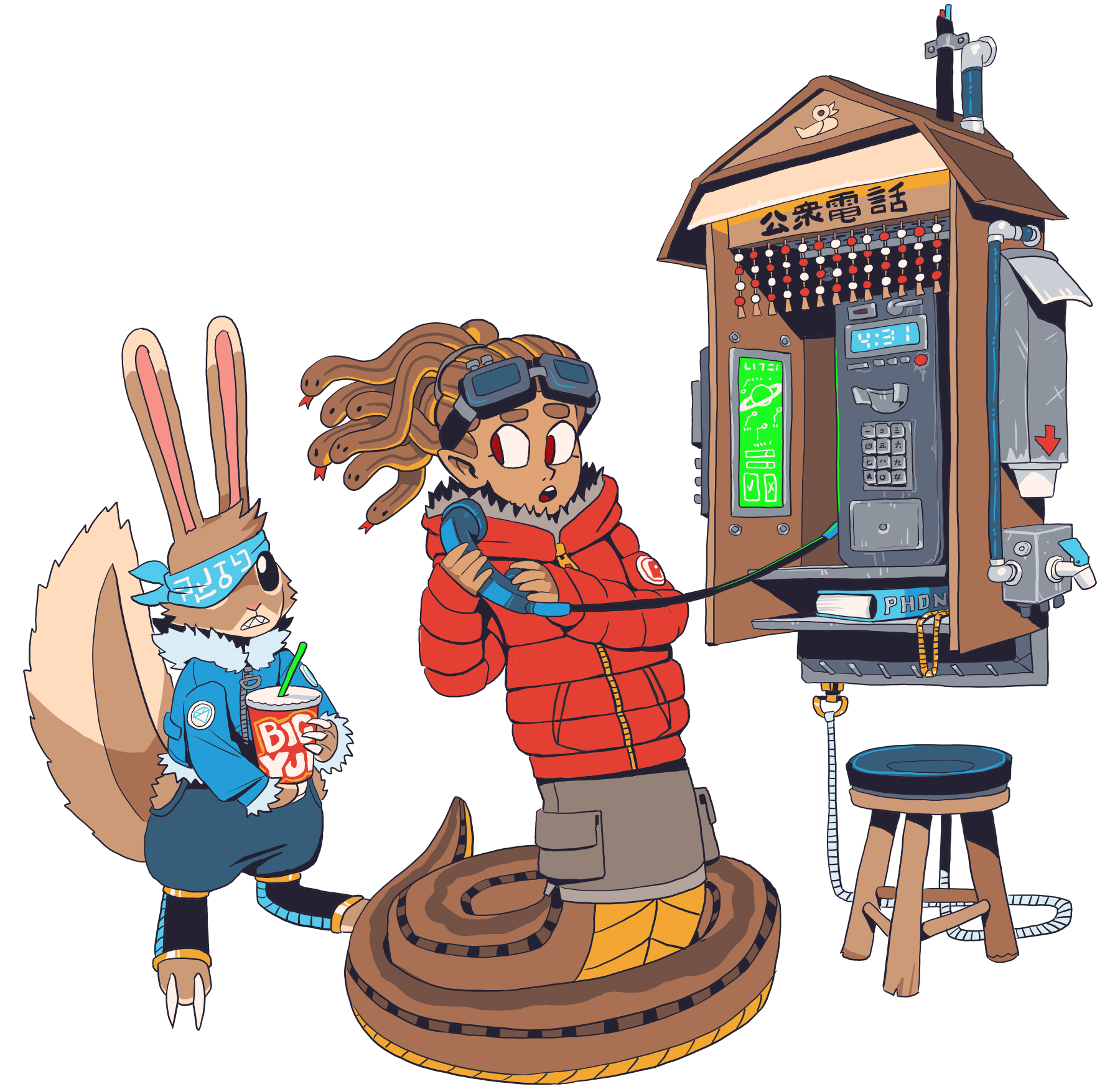
In addition to being accessible, it is important that a credstick works when you need it. Its power toggle and monochrome display screen goes a long way towards getting the most out of its battery life, but because these devices are meant to be carried in space, where access to a power source is not guaranteed, they're designed to not require a power source at all. There are no proprietary plug, adapter or voltage conflicts when there are no wires in your construction! Instead, the Disposable Unified Credit Wallet contains a small haptic power generator, using the jostling and bouncing of being carried on a person to supply a small amount of power to the battery while the device is not in use. If the device is near the end of its service life, if its battery is depleted, if its cold out or the thing just won't turn on for some other reason, an auxillary power source is built into each device to ensure any credits can be readily transferred to a new, working stick. Atop the device, beside the audio jack and opposite the left/right control buttons, there is a thick raised rubber squeeze bar. Gripping the credstick, pressing in on the squeezebar and shaking it vigorously will allow the haptic generator to build a lot more power than it would in its ambient setting, giving a starfarer enough juice to do what they need to do to make a transaction or get their Credits off the stick. Just grip it and shake! You'll always have access to your money, no matter how far out into the ink you are.
There are no locks, passwords or security login features on credsticks, and they're like that for a very specific reason. Emulating a physical wallet, credsticks are designed to be as easy to use and friction-free as possible- you've got an amount of Credits on the stick, you dial in how much you want to exchange and you exchange them. Vending machines, cash registers, mobile point-of-sale devices, even some restaurant tables have dataports built into them where a user can punch in how many Credits they intend to spend, matched with how many Credits the interface expects to receive and make a transaction as easily as possible without needing to link the exchange to a networked authentication handshake review or any similar level of verification. As long as the two devices agree on the amount and the withdrawing device has sufficient Credits, the exchange is made with minimal delay. Not having a password lock feature minimizes the number of buttons needed to control a credstick and it simplifies the menu system tremendously. A lost credstick isn't lost money, if it's found and its previous owner cannot be reasonably located, then those Credits can be recovered to a new credstick without being gated by a password, same as finding a satchel of gold coins. Most importantly, however, not having a password-locked credit stick account means that starfarers won't be locked out of their space money because they forgot their password. Early implementations of the credstick system were very thorough about dialing in combination passwords to make sure unscrupulous space thieves don't steal your Credits, but enough people forgot their passwords often enough that customer service calls with their home banks became such a nuisance that getting rid of passwords entirely became the more favorable option. When you consider how many people live on any one world, and then multiply that by how many interconnected worlds there are, what you end up with is a whole lot of starfarers jamming the interplanetary commlines looking to get hold of a service representative to help them reset their password and access their money. What a pain! That's why your credstick is unsecured. The security features are baked into the Credits themselves. Don't lose 'em!
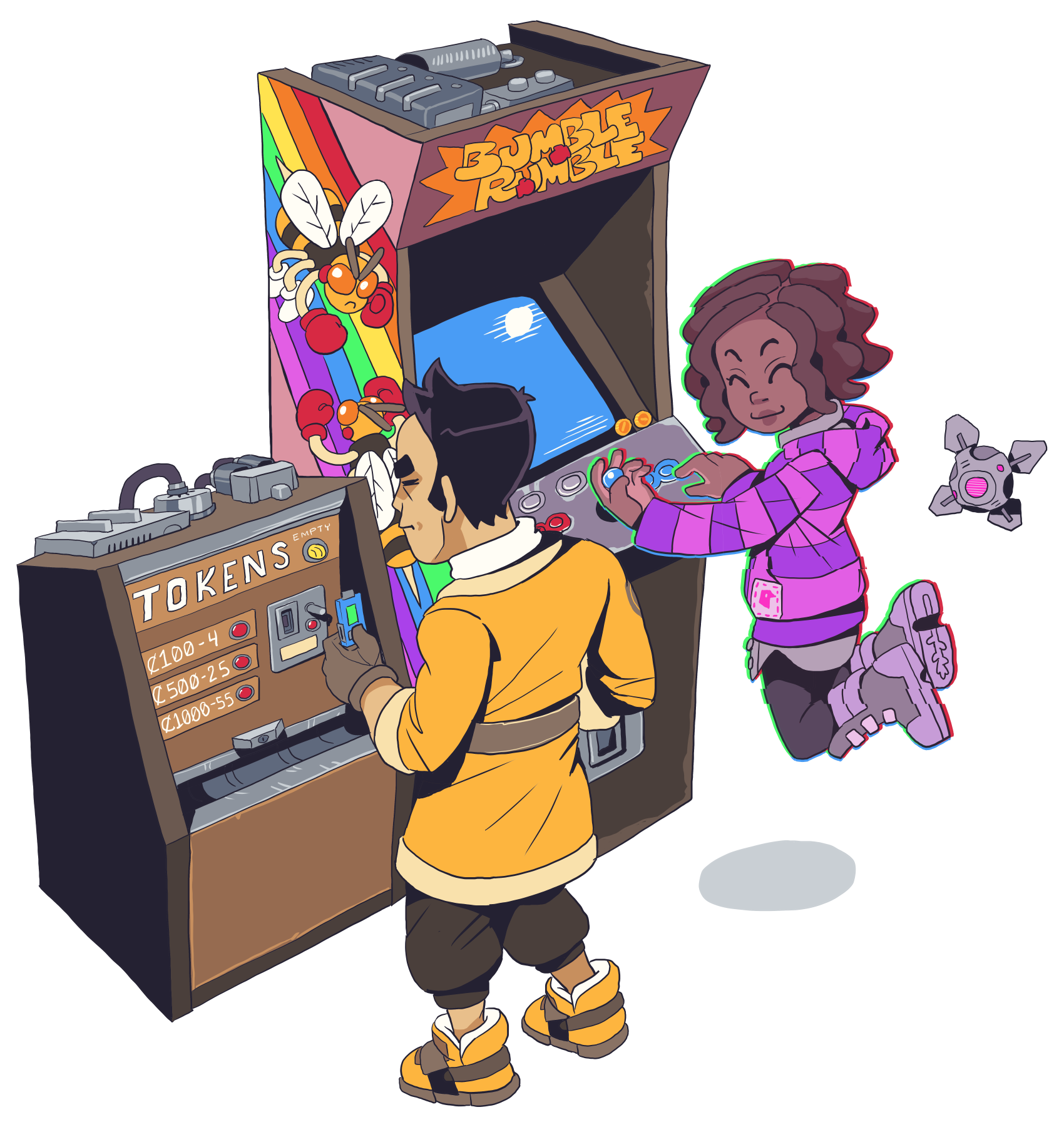
Like the credsticks themselves, Credits are a form of digital currency that are designed to be moved through space without relying on the presence of broader network authentication. A "Unified Credit" is essentially an image file with a metadata tag that gets saved in a digital format that can be transferred from one device to another. Credits aren't a value on an account, they are literal files, bitmap-adjacent image files where data is stored as rows of pixels whose hexadecimal values represent chunks of information. A Credit is created at any official bank-sanctioned currency exchance service on any of Sol's many worlds- every planet has its own mix of currencies, and it is not feasible to expect every person on every world to convert their money into digital Fun Bucks, so the present solution is to use Credits as a portable intermediate currency that can be used in space. Money from your local banking account is withdrawn and a set of new Credit files are created at the exchange service, storing a timestamp, service location ID and amount of local currency converted along with other security information within the Credit's pixel data. In exchange you're given an amount of Credits equal to the current exchange rate of your bank withdrawal, and that batch of credits will have a section of their metadata encoding them and linking them together. Because the data is stored in an image format, a layer of security encryption allows a Credit to save its pixel-chunk data in any combination of top-or-bottom, left-or-right, rows-or-spiral read order, the specific configuration of which being stored in the file's metadata tag. It's a lot of words to say that space money is a data drive full of sneaky bitmaps you trade back and forth like they were physical currency. The interconnectedness of the Sol system's many worlds is still somewhat of a new thing, this was the first best idea for space money that delegates of each world agreed upon and it's the system that existing hardware currently supports, so it's imperfect but functional. You buy things with pixels.
There's a couple reasons why your money is jaypegs in the 2380's. For one, Unified Credits aren't likely to be the main form of currency you have, you probably have a bank on your homeworld from before you decided to live up in space- it's important to remember that not everyone is a starship crew member or that they ever actually want to leave their home planet for more than is necessary. Titan Garden is still relatively young in the grand scheme of the system, and many jobs require long-term stays on orbital space stations, so in these contexts you may, in fact, primarily life off of Unified Credits, but if you're up here you represent an extreme minority of people in the system- you're an exception. You aren't going to put your life savings onto a credstick and keep it in your pocket, there's gonna be a home bank somewhere that your actual savings are kept with, so converting some into Credits is a way to have money to spend in a mixed interplanetary community without worrying about exhange rates, that's baked into your Credit files at the moment they're created and it's factored in when they're cashed out again on whichever other world you convert them from. In fact, carrying your whole savings in your wallet is heavily discouraged, so Credits being a data file means that one Credit has an absolute filesize, and thus a credstick has a maximum capacity. All of the major planetary banks have branch representatives on Titan Garden, so even the rare star-skipping space hopper can still pop in to make a withdrawal from their account into Unified Credits. Larger industrial credcases exist- big suitcases with multiple high-speed data cables attached capable of carrying many, many more Credits than an average civilian credstick- which are used by these bank and other major corporate interests to transfer large volumes of money from one physical place to another without sending data over an unsecured network; they are often heavily guarded, as they are always a juicy target for would-be thieves.
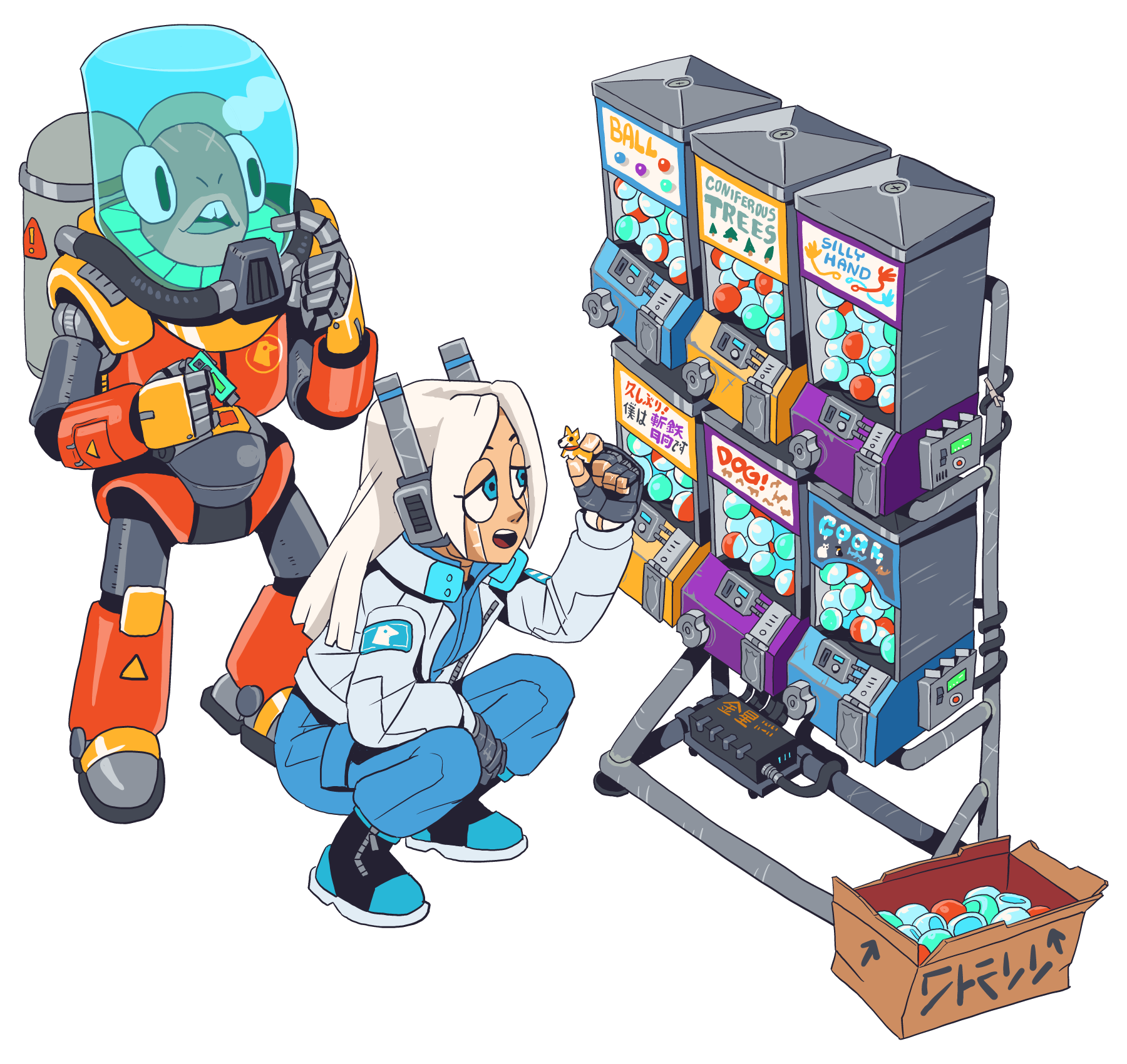
When a Credit file is accessed for copy and transfer, it is designed to self-destruct so it doesn't leave a ghost copy of itself behind on a previous storage device. Being a data file means that Credits can be stored on most any computer storage drive, and so long as the files are unaltered they can be recovered by anyone with access to that computer system. Storing money digitally can be a handy way to keep it where you know where it is, but hackers can find and download caches of money if they happen to stumble on them in your system. For this reason having a disconnected, off-network storage box to keep your personal caches of Credits in is recommended. It can be tempting to leave your Credits in a folder on your desktop, where you always know where they are, but if someone sees them and happens to pinch them, your copies will self-destruct and you won't be able to recover them. You have no idea who is snooping around in the network or what they're looking for, but if they happen to find a cache of pixel money in their data-trawl they will happily download it for themselves. Don't say you weren't warned!
Being a digital file, it's tempting to want to just download your Credits, copy them, paste duplicates and then load them back onto your credstick, but this is where the whole deal with pixel data and metadata signatures comes in. Credsticks are simple but they have a few security features baked into them- if two or more identical files are detected on a stick, the credstick software will register them all as just one Credit. Also, there are security data chunks inside a Credit's pixel data that match security data in its metadata, and since the read order of pixel data is variable it's hard to tell which pixel is what without cracking its metaencryption layer. If you attempt to edit pixel data and produce a metadata mismatch then a credstick looking for files to transfer will ignore the edited Credit when its data structure fails a sanity check. Saving over a Credit file from most commercial image editing software will overwrite the metadata, and copy-pasting pixel data into a new file will lose the metadata entirely, so attempting to alter a Credit will just leave you with an ugly-looking image file. It's best to leave those alone unless you really, really know what you're doing.
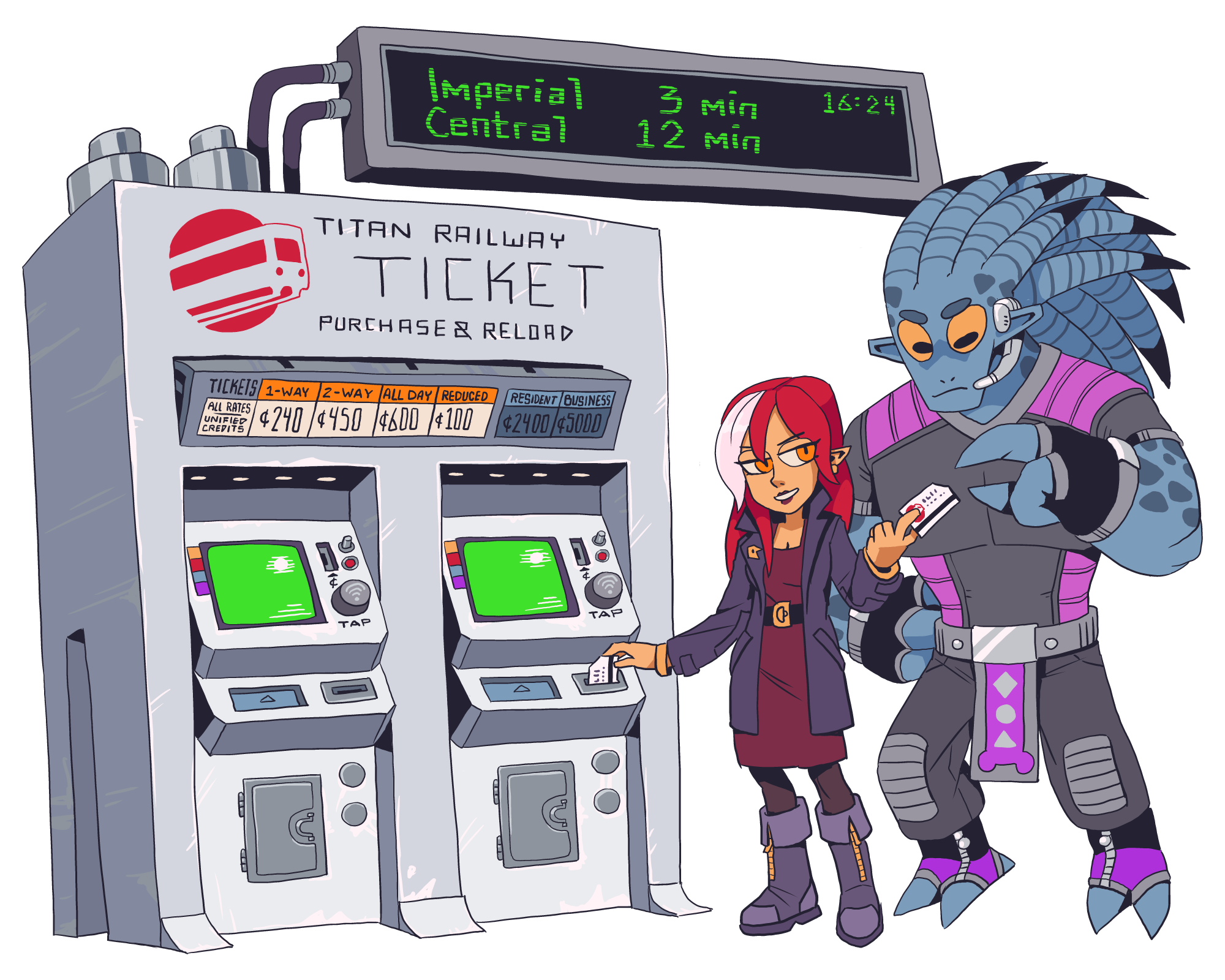
Like any other bit of extra-legal entrepreneurialism, counterfeitting Credits is a real operation that requires extreme precision, systemic know-how and very hard-to-acquire resources in order to pull off cleanly. The image data files created at currency exchange points have multiple layers of data security in them, and that data is encrypted based on its time and location of creation, so if you don't have access to that timestamped encryption data you'll be plugging pixel data in by hand one little square at a time. Additionally, Credits are generated according to an amount of a local world currency that is recorded as being paid at that specific exchange point on that specific date and time, and Credits don't generate one-for-one to match the world currency they came from. A Venusian Shard might get you two hundred Credits, and while those Credit files all have the data linking them to the same exchange, because they are individual files that all need to be generated their timestamps are going to be different by a matter of picoseconds. Replicating all of this by hand in a way that produces an internally-consistent data file that passes a credstick sanity check requires either an actual hardware system from an official bank-owned currency exchange point or enough internal knowledge to create a perfect replica. You'll also need the day's encryption codec for the location you're emulating from and you'll need to be able to spoof transactions carefully enough that no banking organization catches on to what you're doing, because they take counterfeiting very seriously and are very proactive about shutting it down. All of this is necessary if you want to create Credits faster than one at a time, by hand, because one of the biggest security features of the Unified Credit is that they are essentially digital pennies, digital yen, very small and granular digital denominations that can be exchanged as an equivalent to a widely variable range of world currencies and that don't need to be split into partial amounts. You do all that work by hand and you're not making a ten, a hundred or a million-Credit bill; one Credit is one file is one tiny grain of financial sand. Twenty bucks is two thousand Credits and you just forged yourself one of them, congrats! You're putting in all that work for basically nothing. If you want to counterfeit in a way that yields a real return, your criminal enterprise needs the infrastructure to work at scale. And if you've got the resources to set that operation in motion, you'd better know what you're doing ahead of time, because if there's one truth that unites the Sol system, it's that no authority anywhere takes kindly to a money-printer. Good luck!
